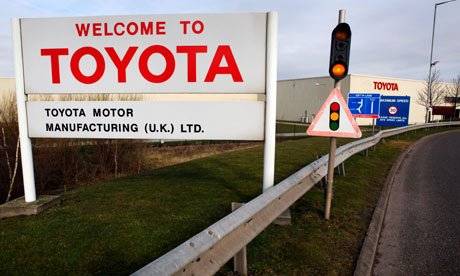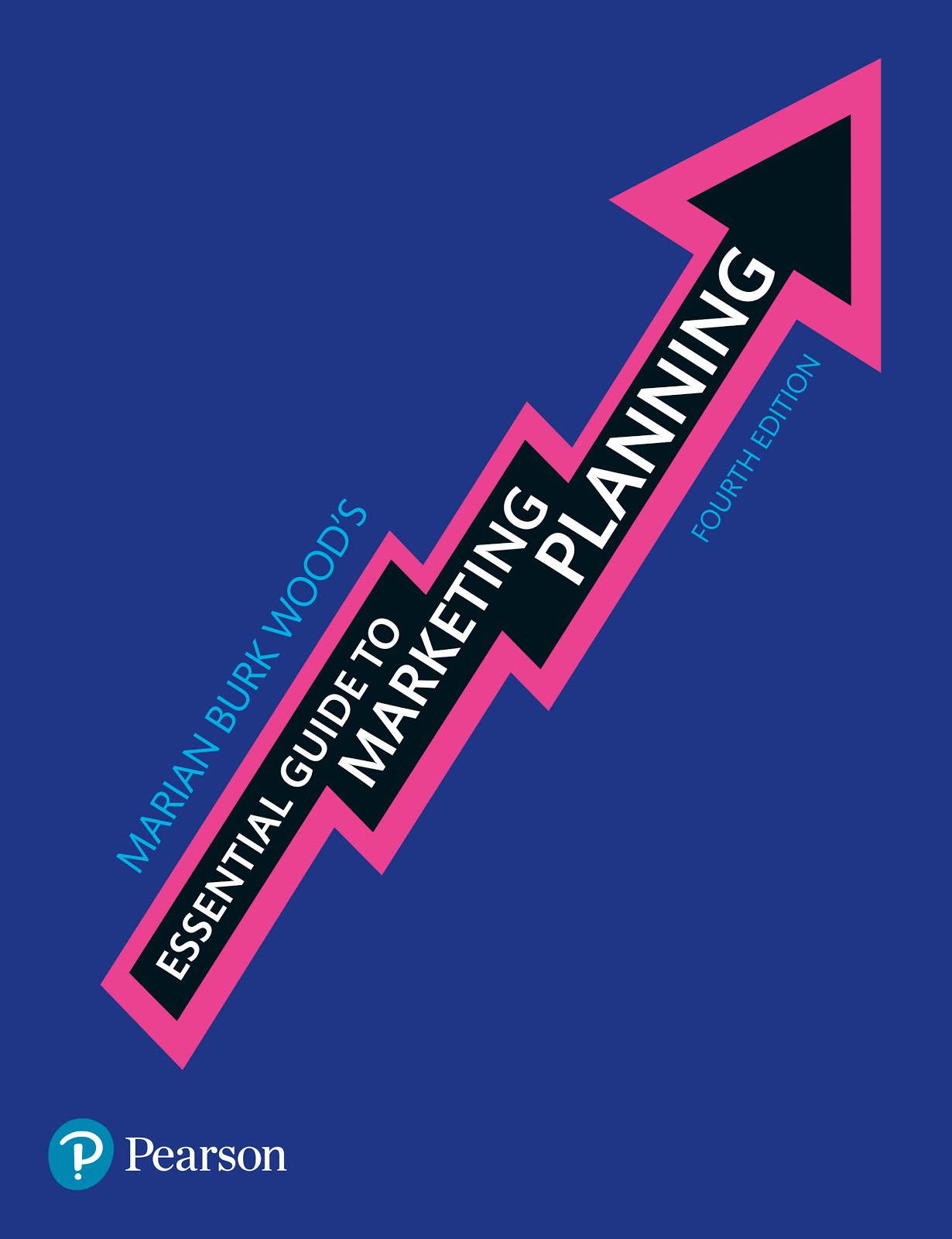Ning Li, the entrepreneur behind Made.com, started his UK-based online furniture retailing business because he saw an industry in need of shaking up. He tells
The Telegraph:
"I thought if I could find a way to connect customers directly with furniture makers, it could be a good business. There hasn't been much innovation in the furniture market since Ikea, and that was more than 50 years ago. Furniture was one of the few industries that the internet hadn't shaken up, and I wanted to change that."
Made.com makes furniture to order in China and sells directly to the customer, eliminating intermediaries and their markup prices. In the early days of the Internet, this was called "disintermediation" because it cut out a layer or two of traditional channel partners and handed the savings to bargain-hunting buyers. Made.com makes this a virtue, adding real-time tracking so buyers can see exactly where their purchases are in the production/shipping process.
Direct-to-consumer furniture sold online has a mixed history, however. During the dot-com boom of the late 1990s, a number of
furniture retailing sites debuted with great fanfare. Within a few years, however, several of the biggest names (furniture.com and living.com, for instance) faced severe financial difficulties when the dot-com bubble burst. One reason was economic uncertainty, which caused buyers to pause.
Another reason was that many customers want to see furniture, sit in chairs, feel the fabric before they buy. Not every customer is willing to spend hundreds or thousands of pounds without actually seeing the furniture. Made.com offers a 7-day money-back guarantee, which takes much of the risk out of this kind of purchase.
The Internet is a well-established retail channel these days, so Made.com has a better opportunity to profit than entrepreneurial sites of a decade earlier. Can it shake up the furniture industry in a profitable way?










